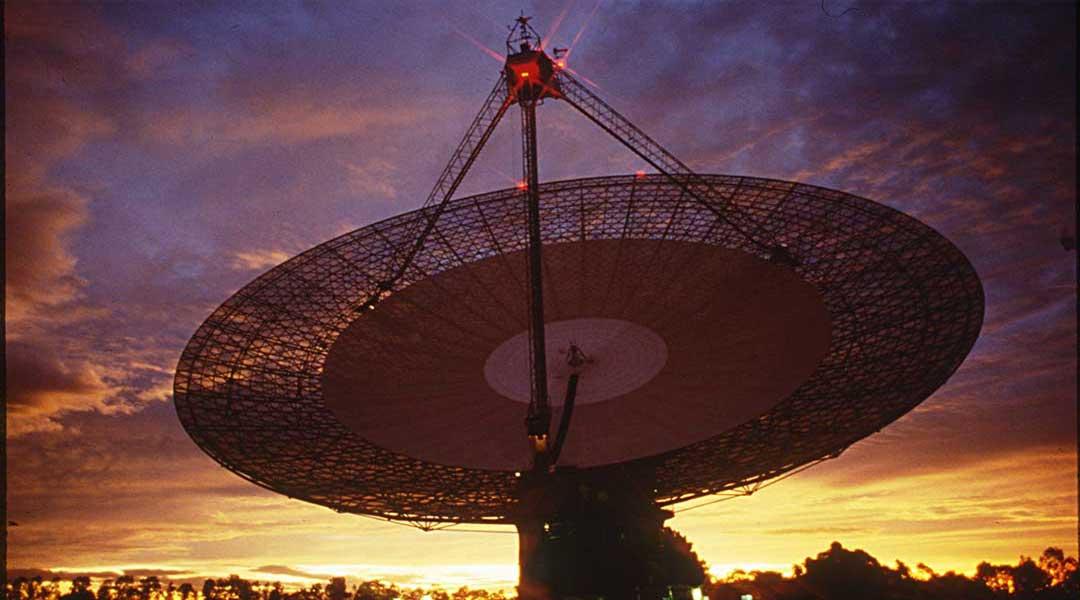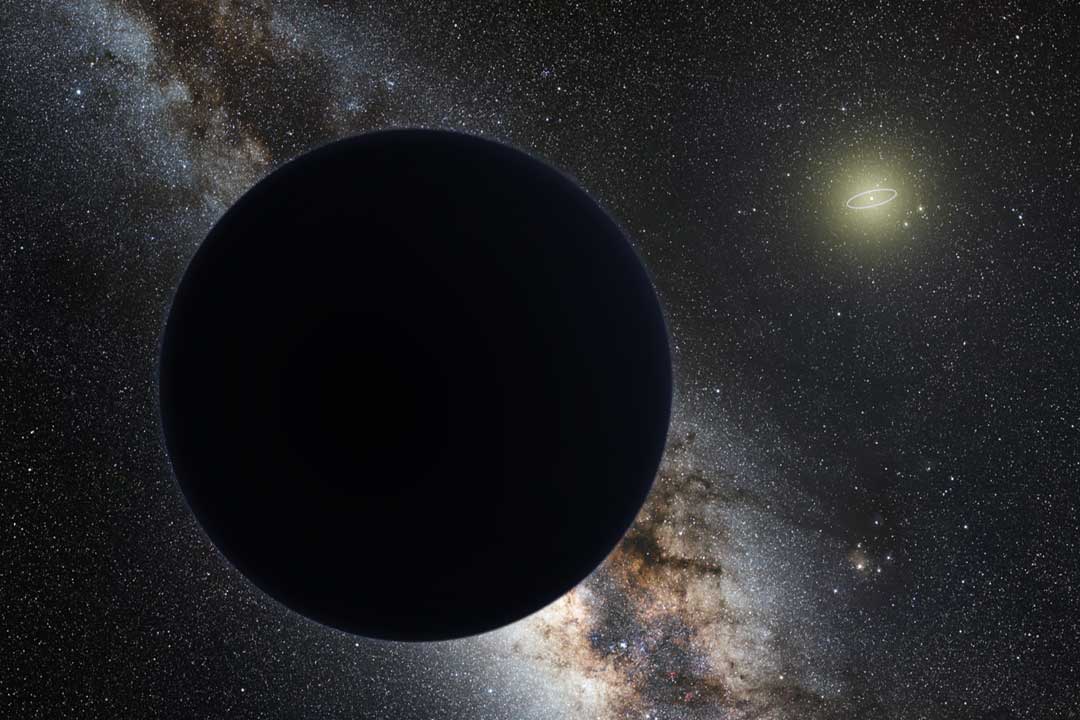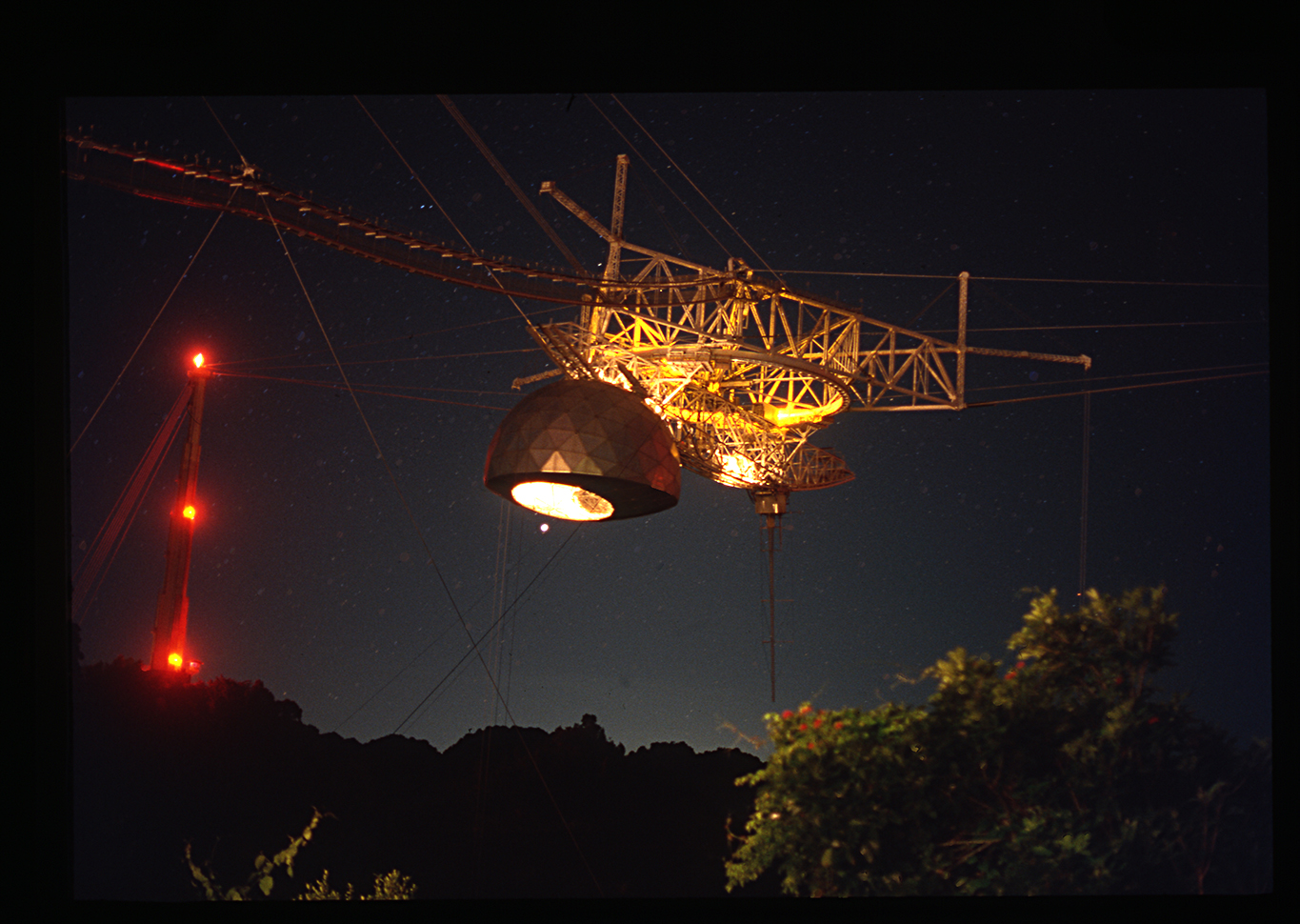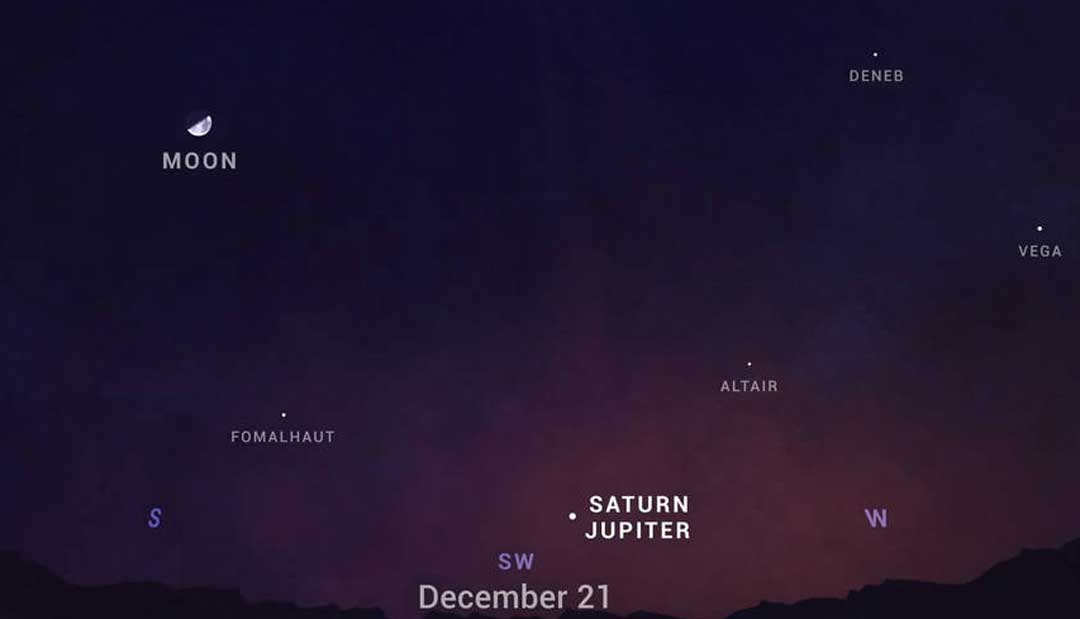
A Very Interesting Radio Signal was Just Detected Coming from Proxima Centauri
Researchers are evaluating an apparent technological signal seeming to originate from the Proxima Centauri system discovered at the Parkes Observatory in 2019 by the Breakthrough Listen program. In December 2020, an anonymous source leaked information about a candidate extraterrestrial signal found in the data months earlier. Some wonder if this is the next Wow! Signal or even confirmation of life beyond earth. Experts weighing in expect that the source will not reveal an alien presence but are not ruling out the possibility. Scientists continue to press on in their research, having hoped to have had more time and more definitive findings before going public.
The answer to the question of whether we’re alone in the Universe is like “THE” great answer – one which holds deep meaning for individuals and for our civilization. We all seek connection, belonging. We want to connect with the community, society, the Universe around us. As individuals, we want to ask whether we’re alone. Scale that question from individuals to the size of a civilization, you get SETI. Here is where the dispassion of the scientific method is so important. Our desire for an answer, especially with something so fundamentally human as belonging, must be tempered by the process needed to have an accurate result. That’s why the scientific community is trying to get ahead of the leaked story until the hard data and analysis is published. (Universe Today)
- Universe Today: A Very Interesting Radio Signal was Just Detected Coming from Proxima Centauri
- EarthSky: Was this mystery radio signal really from Proxima Centauri?
- The Washington Post: A new frontier is opening in the search for extraterrestrial life
- Travel and Leisure: Mysterious Radio Signal From a Nearby Star Leads Scientists to Investigate Alien Life
- Axios: Scientists are investigating new radio signal, but it's likely not aliens
- Futurism: SETI Institute Admits That Proxima Centauri Signal Is Very Strange
- Smithsonian Magazine: Astronomers Discover Mysterious Radio Signal From Proxima Centauri
- Gizmodo: What We Know About the Intriguing Radio Signal From Our Neighbor Star
- Fox News: Researchers looking for aliens discover strange radio signal from nearest star system to the sun
- Forbes: Alien Hunting Astronomers Investigate A Signal From Nearby Proxima Centauri
- National Geographic: Alien hunters detect mysterious radio signal from nearby star
- SETI.org: A Signal from Proxima Centauri?
- SETI.org: Did Proxima Centauri Just Call to Say Hello? Not Really!

Astronomers Confirm Exoplanet with a Truly Strange Orbit, Sort-of Like ‘Planet Nine’
Further confirming the existence of unusual planetary bodies, the exoplanet known as HD 106906 b is not the hypothetical Planet Nine. Still, some of its orbital characteristics are spiking curiosity and stirring excitement about possible future discoveries. Eleven times the size of Jupiter, HD 106906 b has an unusually large orbit with a high incline around a double star. Researchers discovered this curious planet in archived data from the Hubble Space Telescope from 14 years ago.
"It's like arriving at the scene of a car crash, and you're trying to reconstruct what happened," said astronomer Paul Kalas of UC Berkeley.
"Is it passing stars that perturbed the planet, then the planet perturbed the disc? Is it the binary in the middle that first perturbed the planet, and then it perturbed the disc? Or did passing stars disturb both the planet and disc at the same time? This is astronomy detective work, gathering the evidence we need to come up with some plausible storylines about what happened here."
- Science Alert: Astronomers Confirm Exoplanet with a Truly Strange Orbit, Sort-of Like 'Planet Nine'
- Scienmag Science Magazine: Hubble pins down weird exoplanet with far-flung orbit

Arecibo Observatory: another great loss in 2020
For over half a century, the Arecibo Observatory in Puerto Rico was the world's largest radio telescope. Although it survived numerous calamities, including hurricanes and earthquakes, the telescope was ultimately destroyed when the suspended instrument platform collapsed in late 2020. Now scientists and enthusiasts worldwide are mourning the loss of this immense and historically significant astronomical instrument.
Our best tool for listening and talking to the Universe is now silent.
The last time that Arecibo was used for a targeted search for signs of extraterrestrial technology, called technosignatures, was from 1998 to 2004, as part of the privately funded Project Phoenix, run by the SETI Institute in Mountain View, California. The project observed 800 nearby stars, but picked up no transmissions. In 2019, NASA restored funding for exoplanet and exobiology research to look for technosignatures. (Nature)
- Nature: Arecibo Observatory: another great lost in 2020
- SETI.org: Goodbye, Arecibo

Jupiter and Saturn come together in rare celestial event
At the beginning of winter solstice 2020, Jupiter and Saturn formed an alignment known as the “great conjunction,” where they appeared to be a tenth of a degree apart. Some think this rare occurrence and the increased brightness from the large planets' proximity are a possible explanation of the so-called "Christmas star."
NASA has released a slew of pictures of the “Christmas star,” a celestial event where the two largest planets in the solar system, Jupiter and Saturn, form what looks like a double planet.
Franck Marchis, senior planetary astronomer at the SETI Institute and Chief Scientific Officer at Unistellar, told Fox News this is a celestial event “you don’t want to miss.”(Fox 40 Jackson)
- Fox 40 Jackson, MS: ‘Christmas star’ in pictures: Jupiter and Saturn come together in rare celestial event
Big Picture Science
For Good Measure
The reign of Le Grand K has come to an end. After 130 years, this hunk of metal sitting in a Parisian vault will no longer define the kilogram. The new kilogram mass will be defined by Planck’s constant, joining three other units for redefinition by fundamental constants. But as we measure with increasing precision – from cesium atomic clocks to gravitational wave detectors able to measure spacetime distortions to 1/1000th the width of a proton – is something fundamental lost along the way? Meanwhile, the Big Picture Science team accepts the banana-measurement challenge.
Join guests Jon Pratt, Wolfgang Ketterle and Simon Winchester for a closer look at measurements in For Good Measure.
Handling the Holidays
The stress of the holidays can make you want to hide under the covers with a warm cup of cocoa. From gift buying to family gatherings, the holidays can feel like being inside a pressure cooker. But don’t despair! Science can help make the holidays a little brighter, from some gift-giving tips from our animal friends to embracing pessimism before a challenging social event to stopping that annoying merry melody on repeat in your head.
Join guests Adam South, Mitch Ratcliffe, Julie Norem, Steve Ilardi and Elizabeth Margulis for some scientific holiday tips in Handling the Holidays.
Fire Clouds and Ice-teroids
Small bodies will hit the big time next year; a sample return from asteroid Bennu and the launch of both the DART and Lucy missions could unravel puzzles about the formation of the solar system, as well teach us how to deflect any asteroids headed our way. Meanwhile, the Juno mission to Jupiter has shown us its hard-to-study poles, where swirling gas and magnetic fields rule. On Earth, warmer temperatures threaten peat bog biodiversity and the structure of the Arctic. And massive wildfires have sent soot circling the globe. Assistant Producer Sarah Derouin discusses the Arctic Report Card. They’re all highlights from the fall meeting of the American Geophysical Union.
Join guests Steve Levin, Christopher Fernandez, Mike Fromm, Nancy Chabot and Tom Statler for highlights from the fall meeting of the American Geophysical Union in Fire Clouds and Ice-teroids.
For more information and the archive of past shows, visit the Big Picture Science website.
SETI Live
Recent SETI Live episodes include:
- Send Your Song to the Moon with the Earthling Project – You can be part of a musical composition of 10,000 human voices that will be sent to the Moon as part of the Earthling Project. A collaboration between SETI Artist-in-Residence Felipe Pérez Santiago, the SETI Institute and the Arch Foundation. Join Pérez Santiago and SETI Institute co-founder Jill Tarter to learn more about The Earthling Project!
- The Planet Nine of Another Star System – A massive Jupiter-like planet, HD106906 b, is in a strange, 15,000-year orbit around its star. Join Professor Paul Kalas, SETI Institute Affiliate, and Meiji Nguyen, a student at UC Berkeley, in conversation with the SETI Institute’s Senior Planetary Astronomer Franck Marchis. They’ll talk about observations of this bizarre exoplanet taken from the Hubble Space Telescope and share their theories about how this planet came to be in such an orbit.
As always, videos of all past Facebook Live events can be found on our Facebook page: https://www.facebook.com/SETIInstitute/
Or on our YouTube channel: https://www.youtube.com/SETIInstitute





